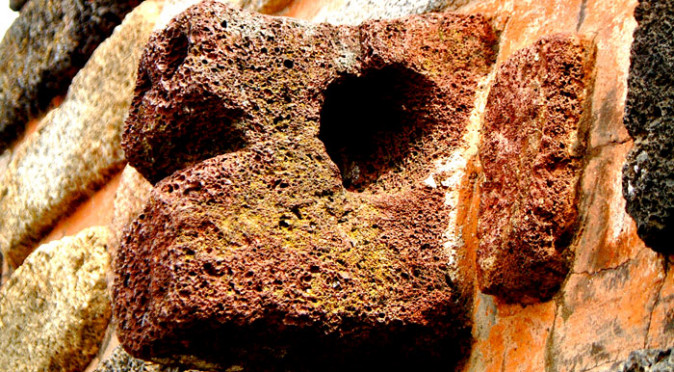
Teopanzolco: A Brief History
Teopanzolco is dominated by a half completed Great Platform and the mystery surrounding its abandonment. But the region’s mysterious history goes back a lot further…

Teopanzolco is dominated by a half completed Great Platform and the mystery surrounding its abandonment. But the region’s mysterious history goes back a lot further…
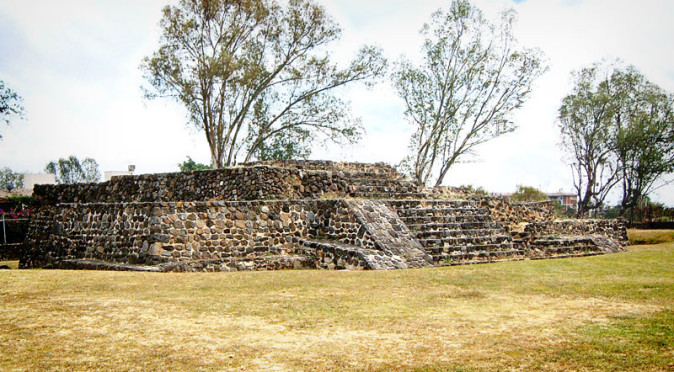
The Temple of Tezcatlipoca played an unusual role in the Aztec calendar by hosting the bloody culmination of a year long celebration to the God Tezcatlipoca.
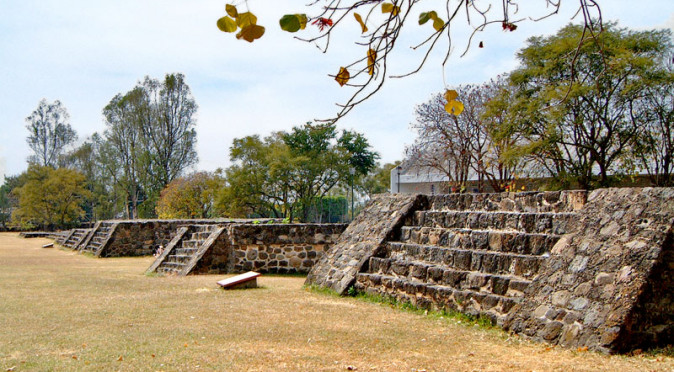
Along the west flank of Teopanzolco’s ceremonial centre lies a row of 7 enigmatic altars, two of which are distinctively circular – one of which contained human skulls.
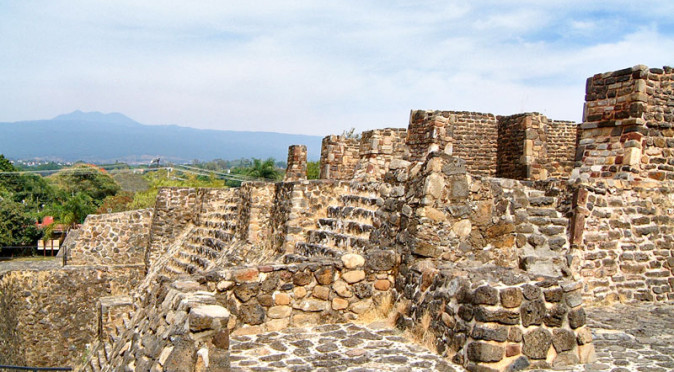
The Twin-Stairs of Building 1 suggests that temples would have been dedicated to Tlaloc & Huitziloopchtli and the builders would be Aztec, so why was it abandoned?
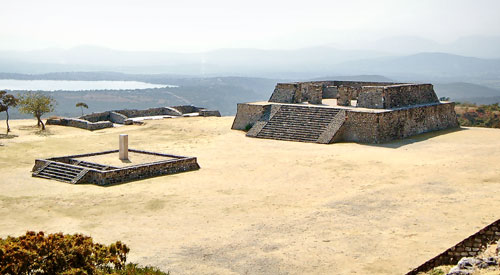
The majestic ruins of Xochicalco sprawl across a hilltop 10 miles south of Cuernavaca. Despite the incredible engineering skills and man-power involved, no-one is sure exactly who built the city.
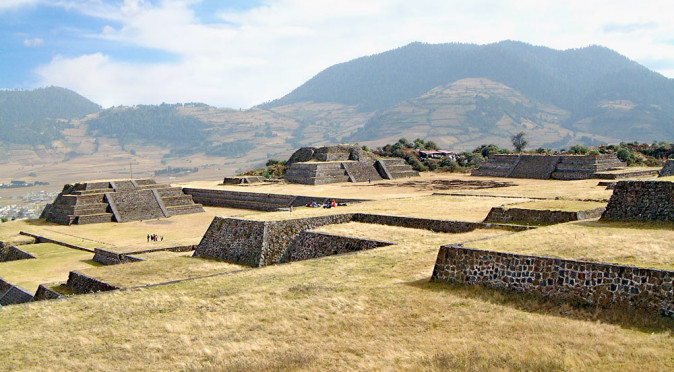
Looking out over the vast valley below, to the mountainous horizon of the east, are Groups A and B and their respective pyramids, which may have a hidden history and purpose.
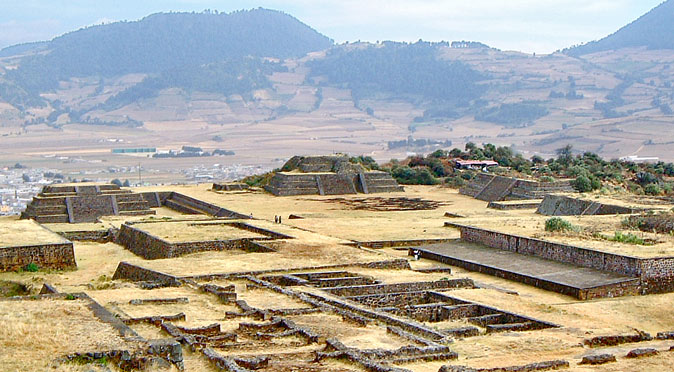
The mysteriously rapid construction of Teotenango’s two cities and its meteoric expansion during the Late Classic Period could explain another of Mesoamerica’s enduring mysteries…
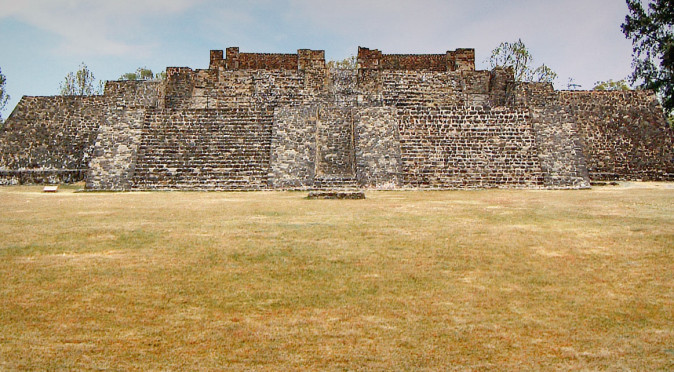
Teopanzolco is found locked within the suburbs of Cuernavaca, less than 2hrs from Mexico City, and was mysteriously abandoned mid-construction.
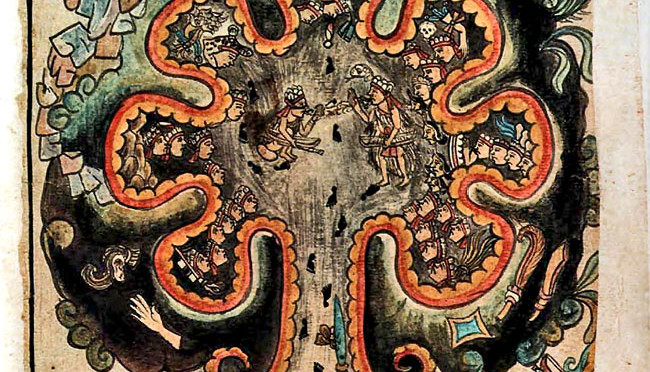
Chicomoztoc is the fabled birthplace of the Seven Tribes of Mexico, a legend predominantly passed down from the Aztec that demonstrates they were related to their rivals of Central Mexico.
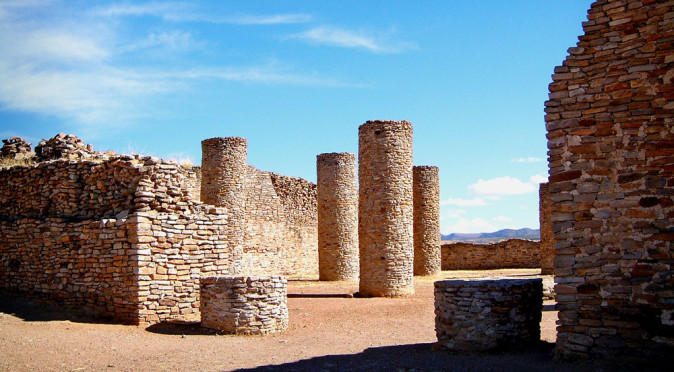
The Hall of Columns is the most iconic of all La Quemada’s buildings, but the cavernous design and lack of windows suggests it had a sinister purpose.
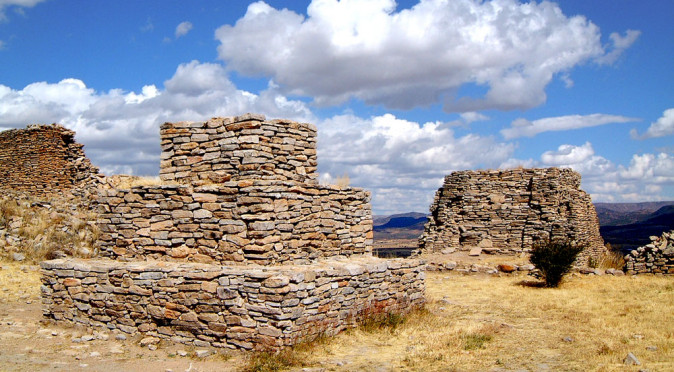
La Ciudadela takes its name from its strategic and easily defensible location right at the top of the La Quemada complex, however it function was clearly religious.
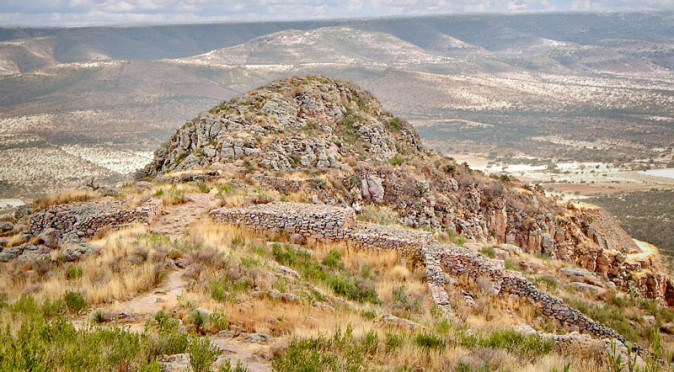
The defensive qualities of La Quemada are clear for all to see which is why it was thought to be a Post Classic citadel. However, evidence now suggest a very different story…
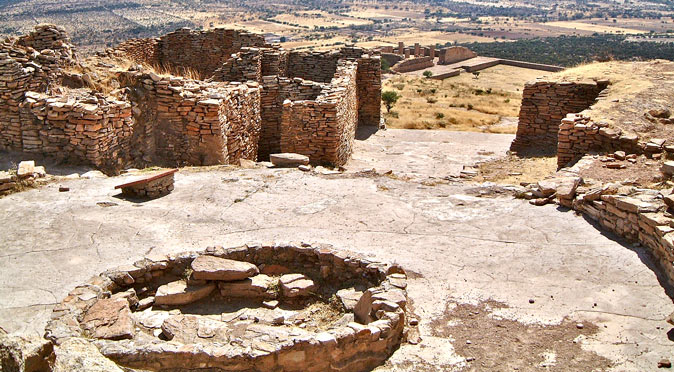
The Conjunto Pirámide-Osario includes the Patio Circular, a small sacrificial pyramid and a graveyard, and is part of a large religious complex that includes the Cuartel.
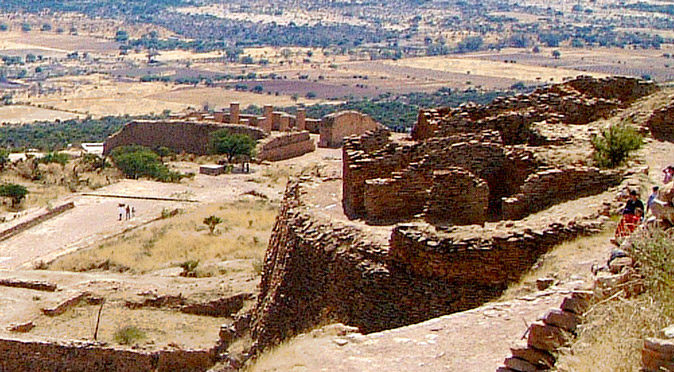
The Cuartel was formally thought to be a barracks for the fortress city, but evidence now suggests it was a religious complex, with a shrine and celestial observatory.
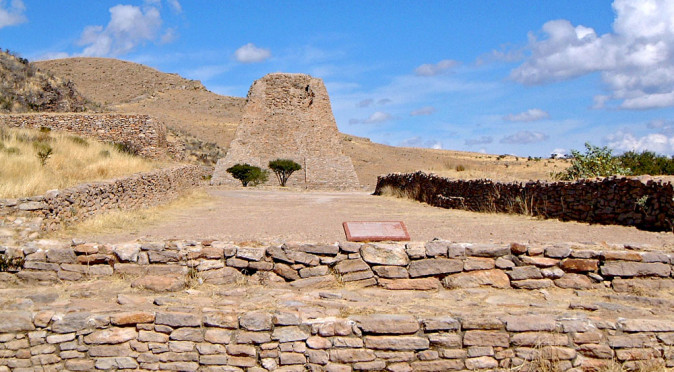
The Ball Court at La Quemada is one of the few typically Mesoamerican features that is found at the site, although there are still some anomalies which raise questions.
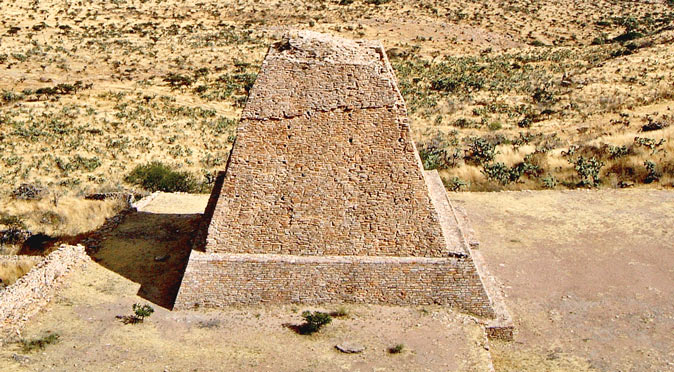
The Votive Pyramid dominates La Quemada’s ceremonial centre. It’s unusual design raised serious questions about how and why it was built.
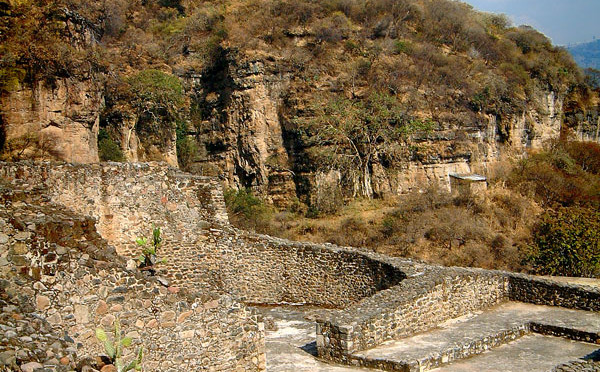
Structure III is similar to Structure I in its floor-plan, but was ritually built on top of an older structure rather than carved out of the rock face.
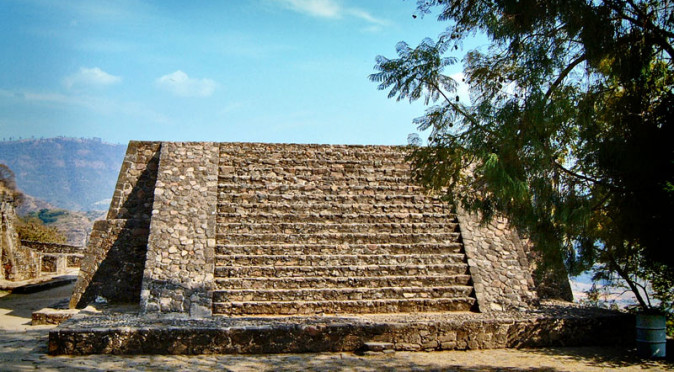
Structure II is an archetypal Mesoamerican pyramidal platform, which creates an unusually small plaza on the side of the Cerros de los Idolos.